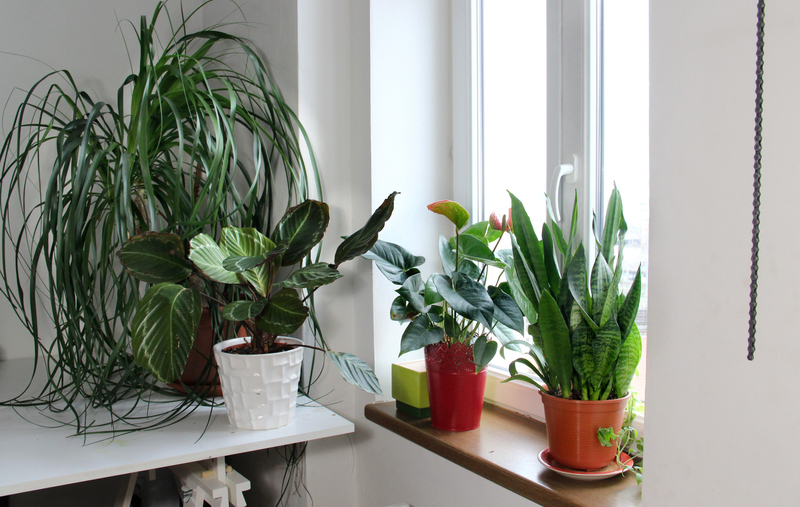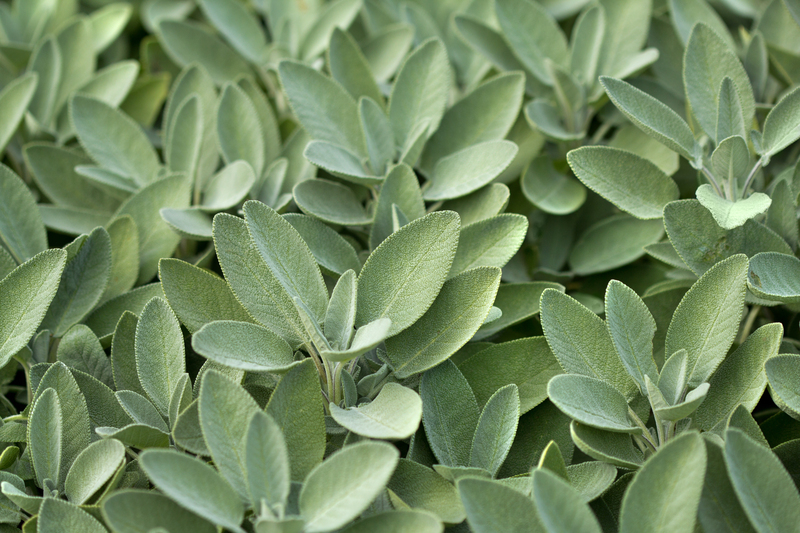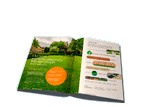Complexities in Self-Seeding Tree Management
Posted on 14/09/2024
Managing self-seeding trees presents a multifaceted challenge for landowners, urban planners, and conservationists. These trees, which propagate naturally by dispersing seeds that germinate without human intervention, can quickly alter landscapes, affect biodiversity, and complicate land management strategies. Understanding the intricacies involved in managing self-seeding trees is essential to ensuring ecological balance, maintaining aesthetic value, and optimizing land use.
Understanding Self-Seeding Trees
Self-seeding trees, also known as volunteer or spontaneous trees, produce seeds that are dispersed by wind, water, animals, or gravity. These seeds germinate and grow into new trees without the need for planting by humans. Common examples include species like willows, maples, and certain pines. While these trees are critical for natural regeneration and ecological succession, they can also become invasive, overcrowd desired vegetation, and disrupt managed landscapes.

Ecological and Environmental Impacts
The ecological impacts of self-seeding trees can be both beneficial and detrimental. On the positive side, these trees contribute to natural succession, forest regeneration, and habitat creation. They can stabilize soil, improve air quality, and provide food and shelter for wildlife. However, when self-seeding species become invasive, they can outcompete native flora, reduce biodiversity, and disrupt existing ecosystems. For instance, in areas where non-native species like the Norway maple or the tree of heaven proliferate, they can dominate habitats and outcompete native trees.
The Role of Invasive Species
Invasive self-seeding trees are particularly problematic because they spread rapidly and are difficult to control. These species often have high reproductive rates, grow quickly, and tolerate a wide range of environmental conditions. The tree of heaven (Ailanthus altissima), for example, is notorious for its ability to thrive in poor soil conditions and its aggressive root system, which can damage infrastructure and outcompete native plants. The management of such invasive species requires significant effort and resources, including physical removal, chemical treatments, and ongoing monitoring.
Challenges in Urban Areas
Self-seeding trees pose specific challenges in urban environments. In cities, these trees can interfere with infrastructure, damage property, and create safety hazards. For example, fast-growing species like the silver maple or the Siberian elm can cause damage to sidewalks, buildings, and utility lines. Additionally, the presence of self-seeding trees in urban settings often complicates landscaping plans and maintenance efforts. Urban planners and property managers must balance the benefits of green spaces with the need to control unwanted tree growth.
Management Techniques and Strategies
Effective management of self-seeding trees involves a combination of prevention, monitoring, and intervention strategies. The following techniques are commonly employed:
- Prevention: The first step in managing self-seeding trees is to prevent their establishment. This can be achieved by selecting non-invasive, sterile, or low-seed-producing tree species for planting. Regular maintenance, such as mulching and soil management, can also help suppress seed germination.
- Monitoring: Regular monitoring is essential to detect and address new self-seeding trees early. Land managers should conduct periodic surveys of their properties to identify and remove unwanted seedlings before they establish deep root systems.
- Physical Removal: Physical removal involves manually pulling, cutting, or digging out self-seeding trees. This method is most effective for small seedlings and saplings. However, it can be labor-intensive and may not be practical for large infestations.
- Chemical Control: Herbicides can be used to control self-seeding trees, especially those that are difficult to remove physically. Selective herbicides that target specific tree species or growth stages can minimize collateral damage to desirable plants. Proper application and adherence to safety guidelines are crucial to prevent environmental contamination.
- Biological Control: In some cases, natural predators or pathogens can be introduced to control self-seeding tree populations. This method requires careful research and consideration of potential ecological impacts.
Case Studies: Challenges and Solutions
Examining real-world cases of self-seeding tree management provides valuable insights into the complexities and solutions involved:
Case Study 1: Controlling the Spread of Black Locust
The black locust (Robinia pseudoacacia) is a self-seeding tree that has become invasive in many regions. Its rapid growth and propensity to form dense thickets pose significant challenges for land managers. In a nature reserve in the northeastern United States, a multi-faceted approach was employed to control its spread. This included regular monitoring, targeted herbicide application, and the introduction of grazing animals that preferentially consume young black locust seedlings. This integrated strategy helped restore native plant communities and reduce the black locust population.
Case Study 2: Urban Management of Siberian Elm
The Siberian elm (Ulmus pumila) is a self-seeding tree commonly found in urban environments. Its fast growth and tolerance to pollution make it a frequent invader of city landscapes. In a midwestern city, a comprehensive urban forestry program was implemented to manage Siberian elm proliferation. The program included community education on identifying and reporting seedlings, strategic planting of non-invasive species, and collaboration with utility companies to prevent tree-related infrastructure damage. Through these efforts, the city successfully mitigated the impact of Siberian elm on its urban canopy.

Balancing Ecological and Aesthetic Considerations
Balancing ecological and aesthetic considerations is a critical aspect of self-seeding tree management. While some self-seeding trees may be undesirable due to their invasive nature or impact on infrastructure, others can enhance the beauty and biodiversity of a landscape. For instance, native self-seeding trees like the eastern redbud (Cercis canadensis) or the serviceberry (Amelanchier spp.) contribute to local ecosystems and add ornamental value to gardens and parks.
To achieve this balance, land managers can adopt a selective approach, allowing beneficial self-seeding trees to thrive while controlling or removing those that pose problems. Incorporating native species and promoting natural regeneration can create resilient and visually appealing landscapes that support a diverse range of wildlife.
The Future of Self-Seeding Tree Management
As climate change, urbanization, and habitat loss continue to shape our environment, the management of self-seeding trees will remain a dynamic and evolving field. Advances in technology, such as remote sensing and GIS mapping, can improve monitoring and early detection of self-seeding trees. Increased awareness and collaboration among stakeholders, including landowners, conservationists, and urban planners, will be essential to developing sustainable and effective management strategies.
Ultimately, understanding the complexities of self-seeding tree management requires a holistic approach that considers ecological, social, and economic factors. By leveraging scientific knowledge, innovative techniques, and community involvement, we can ensure that self-seeding trees contribute positively to our landscapes and ecosystems.






 Certified and experienced landscapers
Certified and experienced landscapers



 Get a Quote
Get a Quote